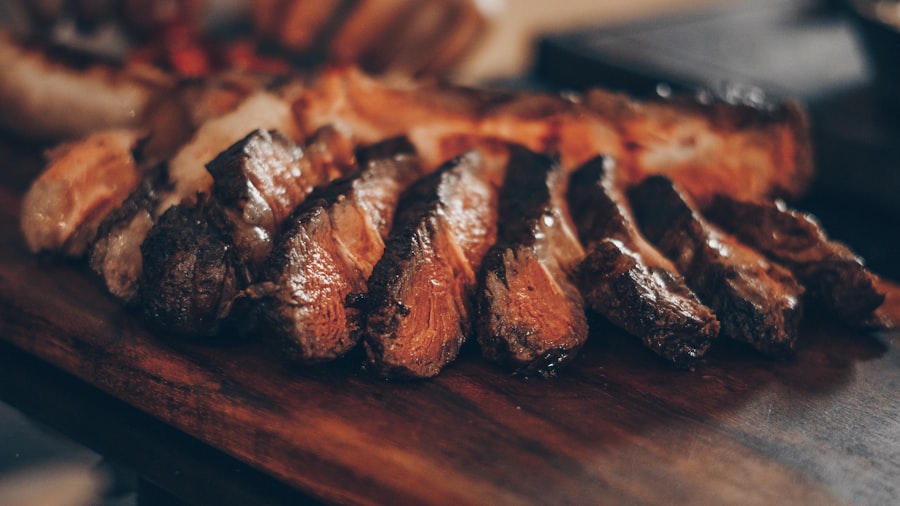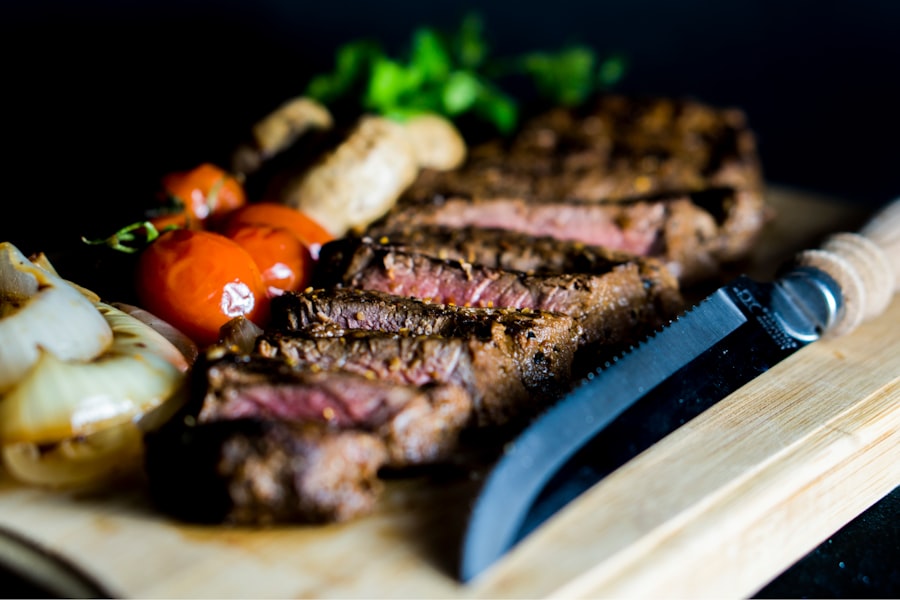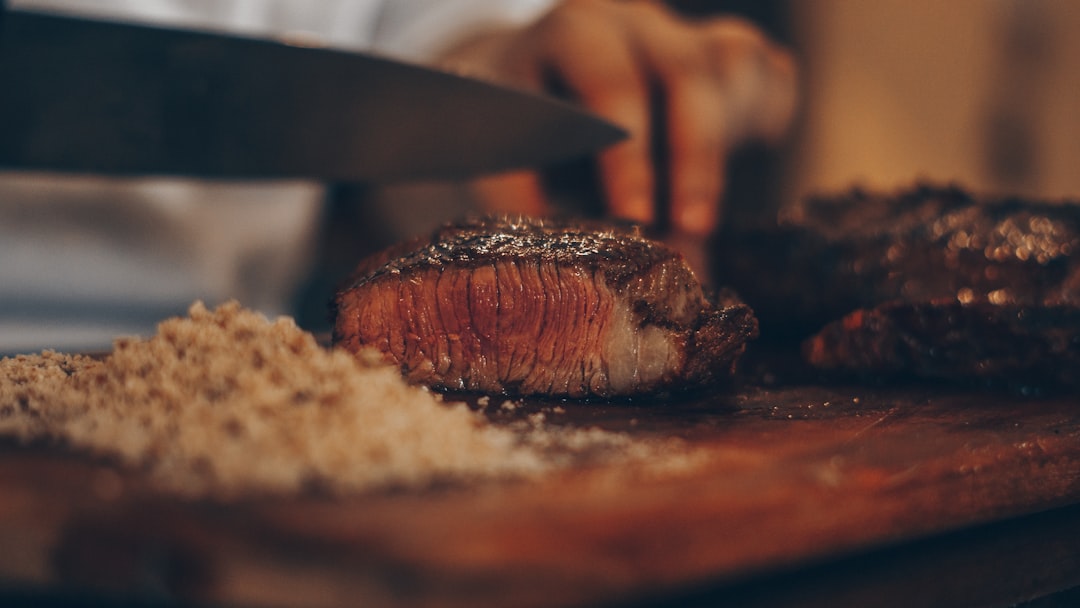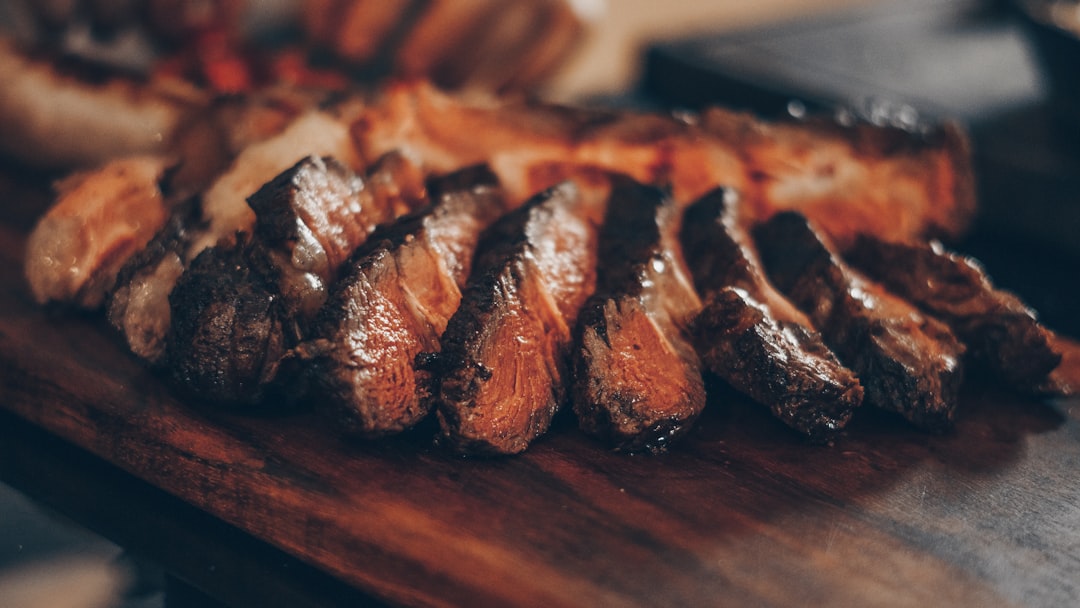The world of culinary arts is a vast tapestry woven from the threads of diverse cultures, traditions, and histories. Each region boasts its own unique cooking styles, shaped by local ingredients, climate, and cultural practices. Global cooking styles not only reflect the geographical and environmental factors of their origins but also embody the stories and traditions of the people who create them.
As globalization continues to connect us, the appreciation for these varied culinary practices has grown, leading to a rich exchange of flavors and techniques across borders. Understanding global cooking styles is essential for anyone interested in gastronomy, as it opens up a world of flavors and experiences. From the spicy curries of India to the delicate pastries of France, each cuisine offers a glimpse into the heart and soul of its culture.
This exploration of global cooking styles invites us to appreciate the artistry involved in food preparation and presentation, as well as the historical contexts that have shaped these culinary traditions over time.
Key Takeaways
- Global cooking styles offer a diverse range of flavors and techniques from around the world.
- Asian cuisine showcases a balance of flavors, textures, and colors, with a focus on fresh ingredients and delicate cooking methods.
- European delights feature a rich tapestry of culinary traditions, from the hearty stews of Eastern Europe to the refined dishes of Western Europe.
- African culinary traditions highlight the use of bold spices, slow cooking methods, and a wide variety of grains and vegetables.
- Latin American gastronomy combines indigenous ingredients with European influences, resulting in a vibrant and flavorful cuisine.
Asian Cuisine: A Taste of the Far East
Asian cuisine is a vibrant mosaic that encompasses a multitude of flavors, techniques, and ingredients. Countries such as China, Japan, India, Thailand, and Vietnam each contribute their own distinct culinary identities, often characterized by the use of fresh herbs, spices, and unique cooking methods. For instance, Chinese cuisine is renowned for its balance of flavors—sweet, sour, salty, bitter, and umami—often achieved through techniques like stir-frying, steaming, and braising.
Dishes such as Peking duck and dim sum showcase the intricate preparation methods that have been refined over centuries. In contrast, Japanese cuisine emphasizes simplicity and seasonality, with a focus on high-quality ingredients. Sushi and sashimi exemplify this philosophy, where the freshness of fish is paramount.
The meticulous presentation of these dishes reflects a deep respect for nature and an appreciation for aesthetics. Furthermore, Indian cuisine offers a rich tapestry of regional variations, with each state boasting its own specialties. The use of spices like cumin, coriander, and turmeric creates complex flavor profiles that are both aromatic and vibrant.
Dishes such as biryani and butter chicken highlight the diversity within Indian cooking, showcasing how regional ingredients influence culinary practices.
European Delights: Exploring the Flavors of the Old World

European cuisine is a treasure trove of flavors and techniques that have evolved over centuries. Each country within Europe has its own culinary heritage, influenced by historical events, geography, and cultural exchanges. Italian cuisine is perhaps one of the most celebrated globally, known for its emphasis on fresh ingredients and regional specialties.
The simplicity of dishes like pasta aglio e olio or risotto alla Milanese showcases how quality ingredients can shine through minimalistic preparation. French cuisine is another cornerstone of European gastronomy, renowned for its techniques and artistry. The French culinary tradition has given rise to classic techniques such as sautéing, poaching, and braising, which are foundational in kitchens worldwide.
Dishes like coq au vin and bouillabaisse not only highlight regional ingredients but also tell stories of the land and its people. The French also excel in pastry-making; creations like croissants and macarons are celebrated for their delicate textures and intricate flavors.
African Culinary Traditions: A Journey through the Continent’s Diverse Dishes
| Country | Traditional Dish | Main Ingredients | Preparation Method |
|---|---|---|---|
| Nigeria | Jollof Rice | Rice, Tomatoes, Onions, Peppers, and Spices | Rice cooked in a flavorful tomato and pepper sauce |
| South Africa | Bobotie | Minced Meat, Bread, Milk, and Spices | Minced meat baked with an egg-based topping |
| Senegal | Thieboudienne | Fish, Rice, Tomatoes, and Vegetables | Fish and vegetables cooked in a tomato sauce and served with rice |
| Ethiopia | Doro Wat | Chicken, Onions, Berbere Spice, and Eggs | Chicken stew cooked with spicy berbere sauce and served with boiled eggs |
Africa’s culinary landscape is as diverse as its cultures and languages. Each region boasts its own unique dishes that reflect local ingredients and traditions. North African cuisine is heavily influenced by spices such as cumin, coriander, and saffron, with dishes like tagine and couscous being staples in many households.
The use of slow-cooking methods allows flavors to meld beautifully, creating rich and aromatic meals that are often enjoyed communally. Sub-Saharan Africa presents an entirely different culinary experience, with staples like maize, cassava, and yams forming the backbone of many diets. In countries like Nigeria and Ghana, jollof rice—a one-pot dish made with rice, tomatoes, onions, and spices—has become a cultural icon.
The communal aspect of dining is significant in many African cultures; meals are often shared among family and friends, fostering a sense of community and togetherness. Additionally, traditional cooking methods such as open-fire grilling or steaming in banana leaves add unique flavors that are deeply rooted in local customs.
Latin American Gastronomy: A Fusion of Indigenous and Colonial Influences
Latin American cuisine is a vibrant fusion that reflects the rich history of indigenous cultures combined with colonial influences from Europe and Africa. This blend has resulted in a diverse array of flavors and cooking techniques that vary significantly from one country to another. Mexican cuisine stands out for its use of corn, beans, and chili peppers; dishes like tacos al pastor or mole exemplify the complexity of flavors achieved through traditional cooking methods.
In South America, countries like Peru have gained international acclaim for their culinary innovations that celebrate local ingredients. Peruvian ceviche—a dish made from fresh raw fish marinated in citrus juices—is a prime example of how indigenous practices have been elevated through modern techniques. The incorporation of ingredients such as quinoa and potatoes showcases the region’s agricultural diversity while highlighting the importance of sustainability in contemporary gastronomy.
Middle Eastern Flavors: A Feast for the Senses

Middle Eastern cuisine is characterized by its bold flavors and aromatic spices that tantalize the senses. Countries such as Lebanon, Turkey, Iran, and Egypt each contribute to this rich culinary tradition with their unique dishes and cooking styles. The use of spices like sumac, za’atar, and saffron creates complex flavor profiles that are both inviting and comforting.
Dishes such as hummus, falafel, and kebabs have transcended borders to become beloved staples around the world. The communal aspect of Middle Eastern dining is also noteworthy; meals are often served family-style with an array of dishes placed at the center of the table for sharing. This practice fosters a sense of togetherness and hospitality that is deeply ingrained in Middle Eastern culture.
Additionally, traditional cooking methods such as grilling over open flames or slow-cooking stews allow for rich flavors to develop over time.
Oceanic Fare: Exploring the Unique Foods of the Pacific Islands
The Pacific Islands offer a unique culinary landscape shaped by geography and cultural traditions. The diverse ecosystems provide an abundance of fresh seafood, tropical fruits, and root vegetables that form the basis of many island diets. In Polynesia, dishes like poke—a raw fish salad seasoned with soy sauce—highlight the freshness of local ingredients while showcasing traditional preparation methods.
In addition to seafood, taro root is a staple in many Pacific Island cuisines; it can be prepared in various ways—from steaming to baking—resulting in a versatile ingredient that complements many dishes. The use of coconut milk is also prevalent across the region; it adds richness to curries and desserts alike. The communal aspect of dining is significant in Pacific Island cultures; traditional feasts often involve elaborate preparations where food is cooked in underground ovens called imu.
North American Cuisine: A Melting Pot of Culinary Influences
North American cuisine reflects a melting pot of cultural influences that have shaped its culinary identity over time. Indigenous peoples contributed foundational ingredients such as corn, beans, squash, and wild game; these elements continue to play a significant role in contemporary cooking. The arrival of European settlers introduced new ingredients and techniques that further diversified North American gastronomy.
Regional specialties abound across the continent; Southern cuisine is known for its comfort food staples like fried chicken and collard greens, while New England boasts clam chowder and lobster rolls as iconic dishes. The influence of immigrant communities has also enriched North American cuisine; dishes like pizza from Italian immigrants or tacos from Mexican culture have become integral parts of the culinary landscape. This blending of flavors illustrates how food can serve as a bridge between cultures.
Fusion Cooking: Blending Global Flavors in the Kitchen
Fusion cooking represents an exciting evolution in culinary arts where chefs creatively blend elements from different cuisines to create innovative dishes that transcend traditional boundaries. This approach allows for experimentation with flavors, techniques, and presentation styles that reflect our increasingly interconnected world. For instance, Korean-Mexican fusion has gained popularity through dishes like kimchi tacos or bulgogi burritos that combine bold Korean flavors with familiar Mexican formats.
The beauty of fusion cooking lies in its ability to celebrate diversity while pushing culinary boundaries. Chefs often draw inspiration from their own cultural backgrounds or travel experiences to create unique flavor combinations that surprise and delight diners. This trend not only encourages creativity but also fosters an appreciation for global culinary traditions by showcasing how they can coexist harmoniously on a single plate.
The Art of Food Presentation: Aesthetic and Cultural Considerations
Food presentation plays a crucial role in enhancing the dining experience; it engages not only our taste buds but also our visual senses. Different cultures have distinct approaches to plating that reflect their values and aesthetics. In Japanese cuisine, for example, there is a strong emphasis on seasonal beauty; dishes are often arranged to evoke nature’s elements—such as mountains or rivers—creating a harmonious balance between food and art.
In contrast, Western culinary traditions may prioritize height or symmetry in plating; chefs often use techniques like stacking or drizzling sauces artistically around the plate to create visual interest. The use of color contrasts can also enhance presentation; vibrant vegetables or garnishes can elevate a dish’s appeal significantly. Understanding these cultural nuances in food presentation not only enriches our appreciation for different cuisines but also highlights how aesthetics can influence our perception of taste.
Embracing Diversity through Global Cooking Styles
The exploration of global cooking styles reveals a rich tapestry woven from diverse cultures and traditions that celebrate human creativity through food. Each cuisine offers unique insights into the history and values of its people while inviting us to experience new flavors and techniques. As we embrace this diversity in our kitchens—whether through traditional recipes or innovative fusion dishes—we foster a greater understanding of our shared humanity through the universal language of food.



